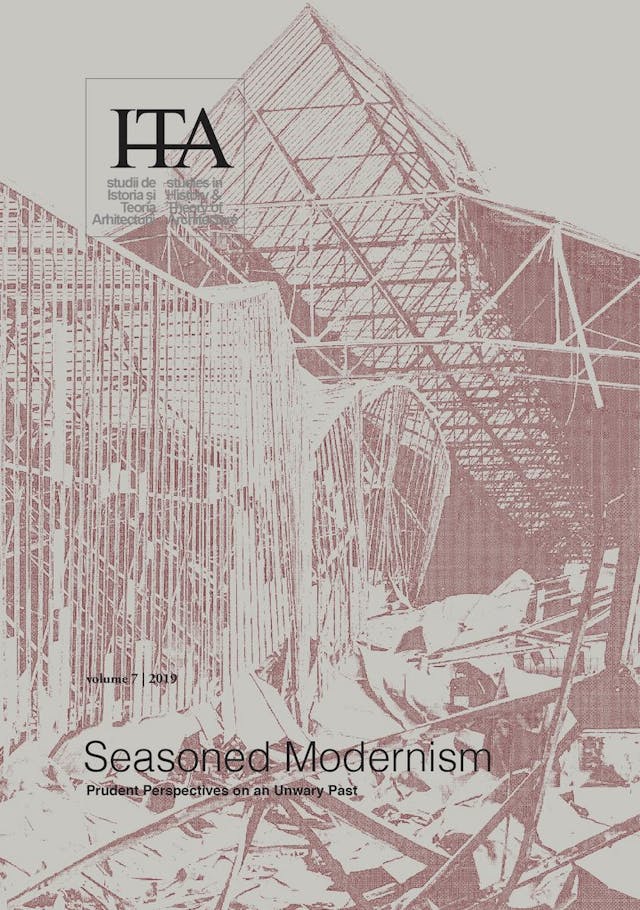The Modern NostalgiaArchitecture, Autonomy, Philosophy
The Modern Nostalgia
Architecture, Autonomy, Philosophy
by
Miguel Lopez Melendez
Keywords
autonomy
philosophy
tradition
Claude-Nicolas Ledoux
Le Corbusier
Aldo Rossi
Pier Vittorio Aureli
The autonomy of architecture was retroactively formulated during the third decade of the twentieth century, by the historian Emil Kaufmann, as the analogy between Claude-Nicolas Ledoux’s architecture and Immanuel Kant’s philosophy. Autonomy was given a new impulse during the second half of the twentieth century, this time advocating the return to the discipline, and aiming to counter the creative crisis of architecture, the technoscientific approaches and the degradation of the modern city.
The introduction of the term “autonomy” into architecture attests to the presence of the past in any new formulation by initiating a rational genealogy that linked Ledoux, Le Corbusier and Aldo Rossi through the sociopolitical dimension of architecture and the echoes of the modern sensibility of the Enlightenment during the twentieth century. The deep cultural roots of architectural autonomy and modernism synthesized the transition from an old tradition to a new beginning. Thus, the question is not which modernism is dead or alive. Instead, we should simply strive to be modern, because our processes of cultural renewal must be persistent rather than exclusive to any historical period.
Published in

Chicago citation style
DOI:
10.54508/sITA.7.03